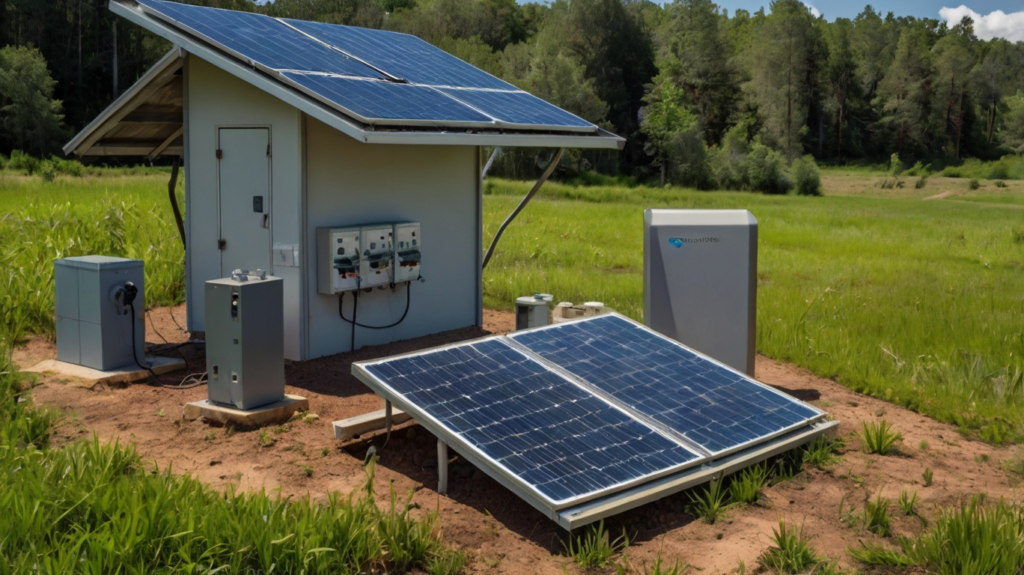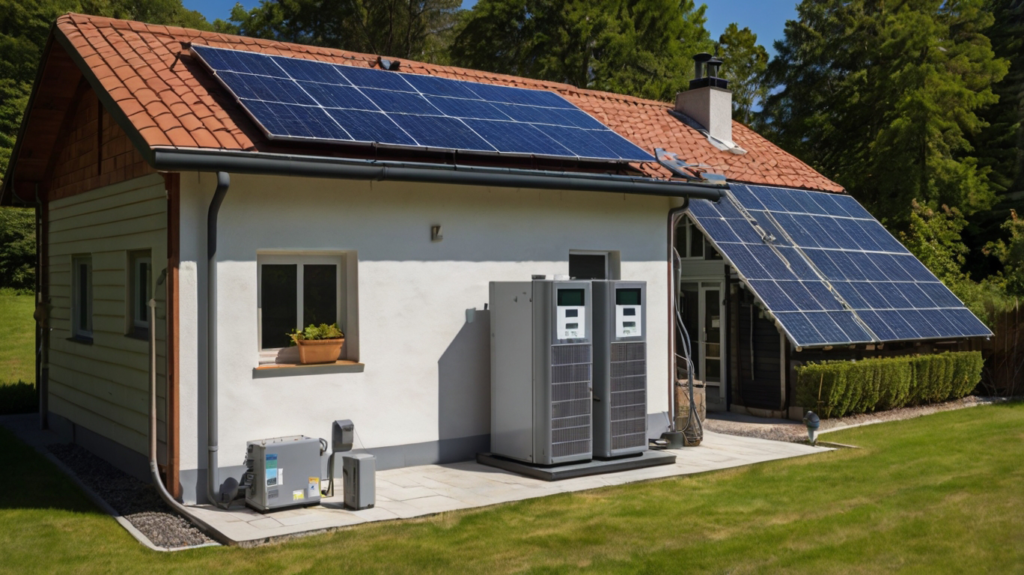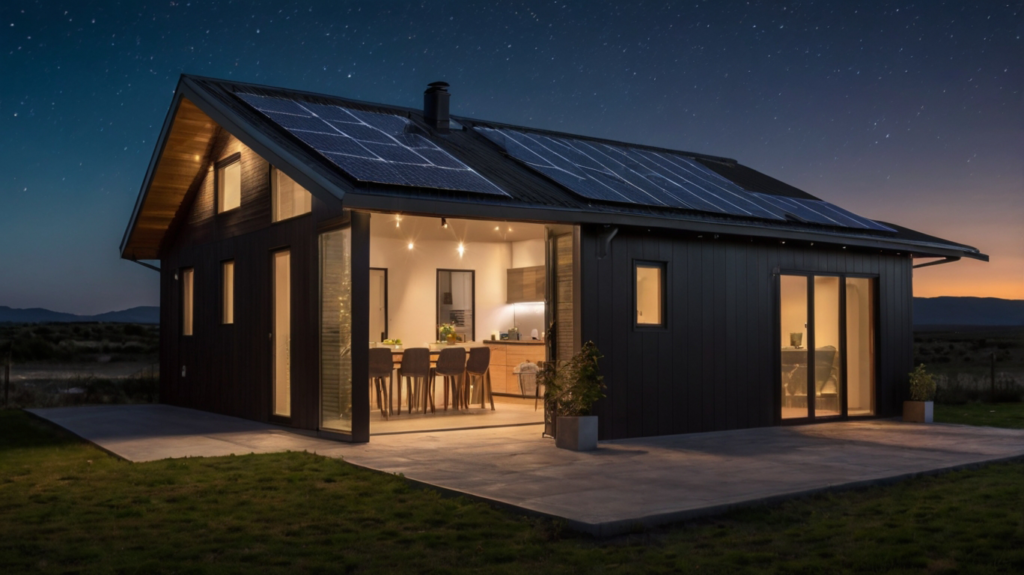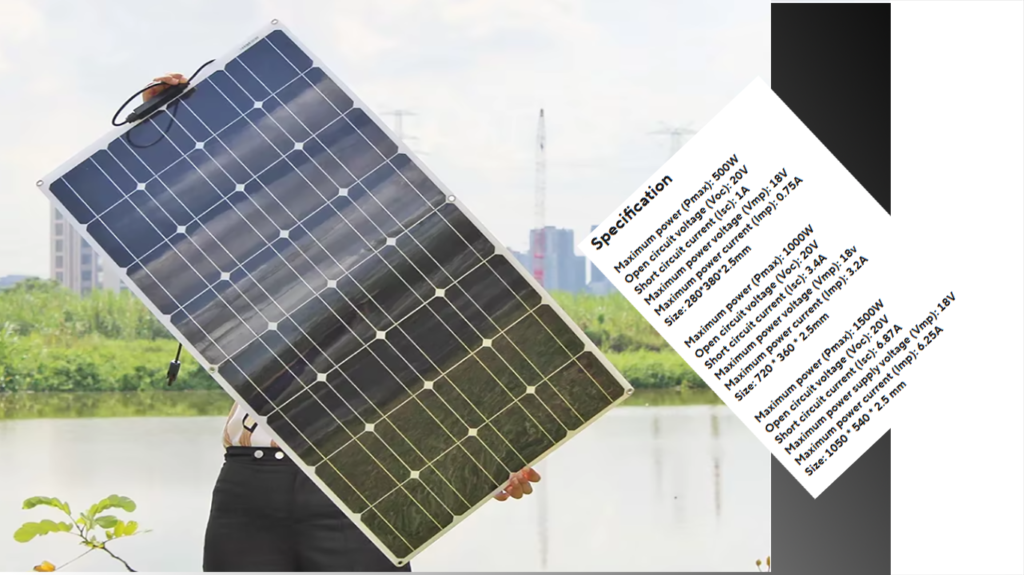Solar panels are a game-changer for renewable energy, offering a clean and sustainable way to power homes and businesses. But have you ever wondered how solar panels work? Let’s break it down in simple terms, so you can understand the magic behind harnessing the sun’s power.
Step 1: The Sun Gives Off Light, Even on Cloudy Days
The process starts with sunlight. The sun emits energy in the form of light and heat. Even on cloudy days, sunlight reaches the Earth, although in smaller amounts. This light carries photons, which are tiny particles of energy. Solar panels are designed to capture these photons and convert them into usable electricity.
Step 2: PV Cells on the Panels Turn the Light Into DC Electricity
Photovoltaic (PV) cells are the heart of any solar panel. These cells are made of semiconductor materials, such as silicon, which have special properties that allow them to absorb sunlight and generate electricity.
Here’s how it happens:
- When sunlight hits the PV cells, the photons excite the electrons in the semiconductor material.
- This excitement causes the electrons to break free from their atoms and start moving.
- The movement of these electrons generates an electric current. At this stage, the electricity produced is direct current (DC).

Step 3: The Current Flows Into an Inverter, Which Converts It to AC Electricity Ready to Use
The electricity generated by solar panels is DC, but most homes and appliances operate on alternating current (AC). This is where the inverter comes into play.
The inverter is a device that takes the DC electricity from the solar panels and converts it into AC electricity. This conversion is crucial because it makes the electricity compatible with your home’s electrical system. Modern inverters also have smart features, such as monitoring energy production and detecting faults in the system.

Step 4: The Current Is Fed Through a Meter and Into Your Home’s Consumer Unit
Once the electricity is converted into AC, it flows through a meter and is fed into your home’s consumer unit (or fuse box). From here, the electricity is distributed to power your lights, appliances, and other devices.
If your solar panels produce more electricity than your home needs, the excess energy can either be stored in a battery system or sent back to the national grid. In many cases, homeowners can earn credits or payments for the surplus electricity they supply to the grid through net metering or similar programs.
Additional Key Components of a Solar Power System
- Solar Panels: These are made up of multiple PV cells and are mounted on your roof or in an open area to capture sunlight.
- Inverter: Converts DC electricity to AC electricity for home use.
- Meter: Tracks the amount of electricity generated and used.
- Battery System (Optional): Stores excess energy for later use, such as during the night or on cloudy days.
- National Grid: If connected, allows you to send excess electricity back and draw electricity when needed.
Benefits of Solar Panels
- Renewable Energy Source: Solar power is sustainable and will never run out.
- Lower Electricity Bills: By generating your own electricity, you can reduce or eliminate your reliance on the grid.
- Environmentally Friendly: Solar panels produce no greenhouse gas emissions, making them a clean energy choice.
- Energy Independence: With solar panels and optional battery storage, you can reduce your dependence on external energy suppliers.

FAQs About Solar Panels
Do Solar Panels Work in Cloudy Weather?
Yes! While solar panels are most efficient on sunny days, they can still generate electricity on cloudy days, albeit at a lower rate.
What Happens at Night?
Solar panels don’t produce electricity at night. However, if you have a battery storage system, you can use the energy stored during the day to power your home after sunset.
How Long Do Solar Panels Last?
Most solar panels come with warranties ranging from 20 to 25 years, but they can last even longer with proper maintenance. Their efficiency may decrease slightly over time.
Is Solar Power Expensive to Install?
The initial cost of installing solar panels can be high, but government incentives and long-term energy savings often make it a worthwhile investment.
Conclusion
Solar panels work through a simple yet fascinating process that starts with sunlight and ends with powering your home. By using photovoltaic cells to convert sunlight into electricity, inverters to make it usable, and meters to track usage, solar panels offer a sustainable energy solution. Whether you’re looking to save on energy bills or reduce your carbon footprint, investing in solar power is a step toward a brighter, cleaner future.

